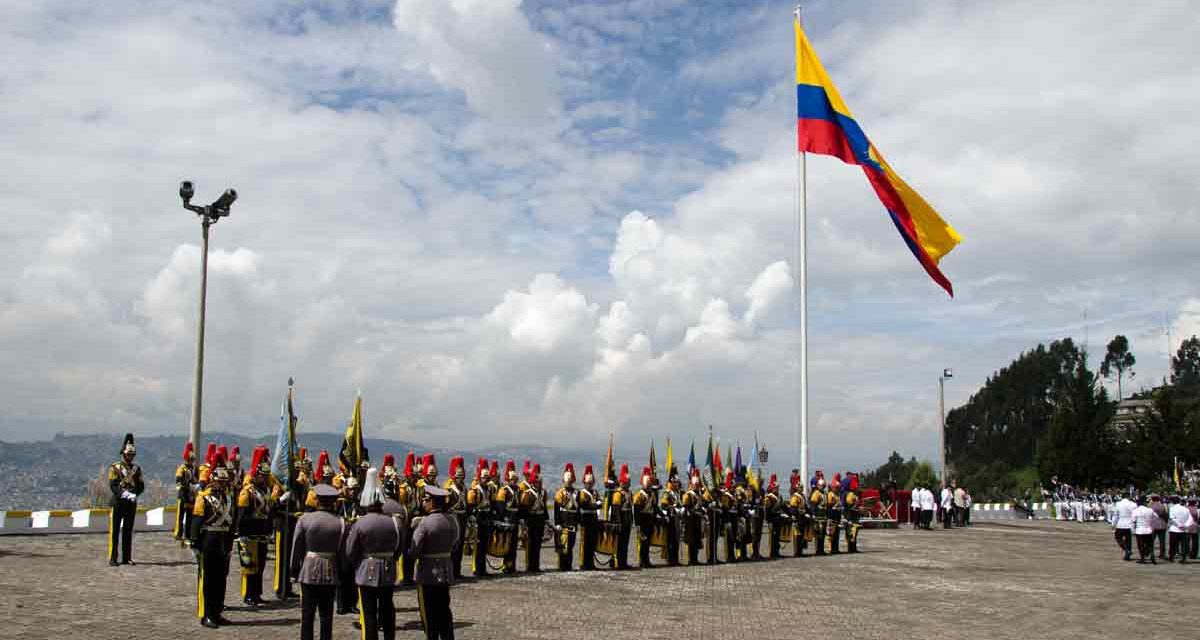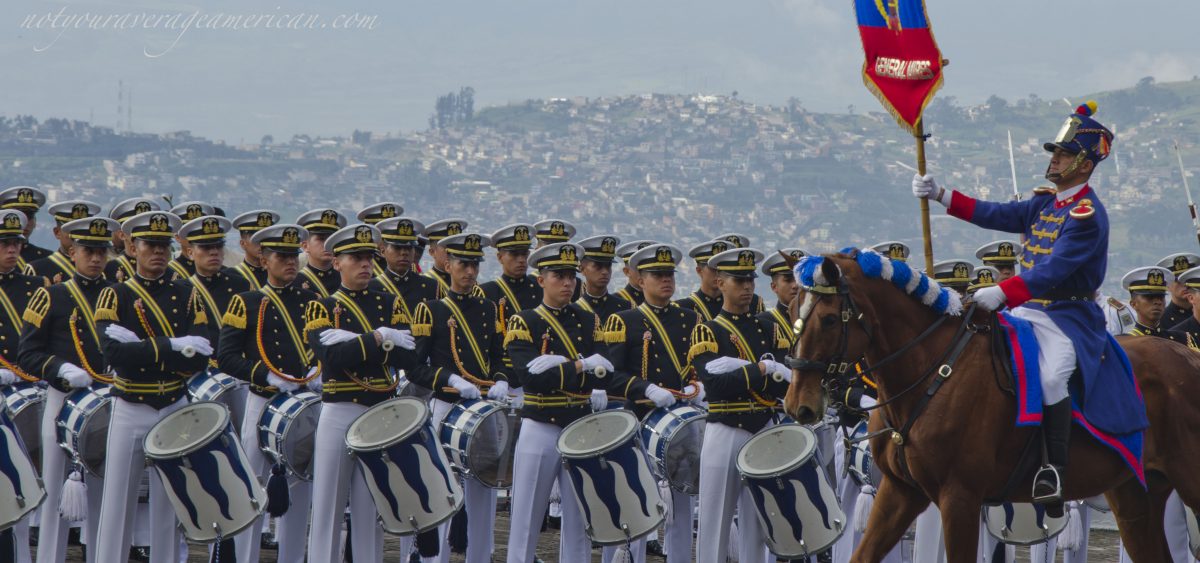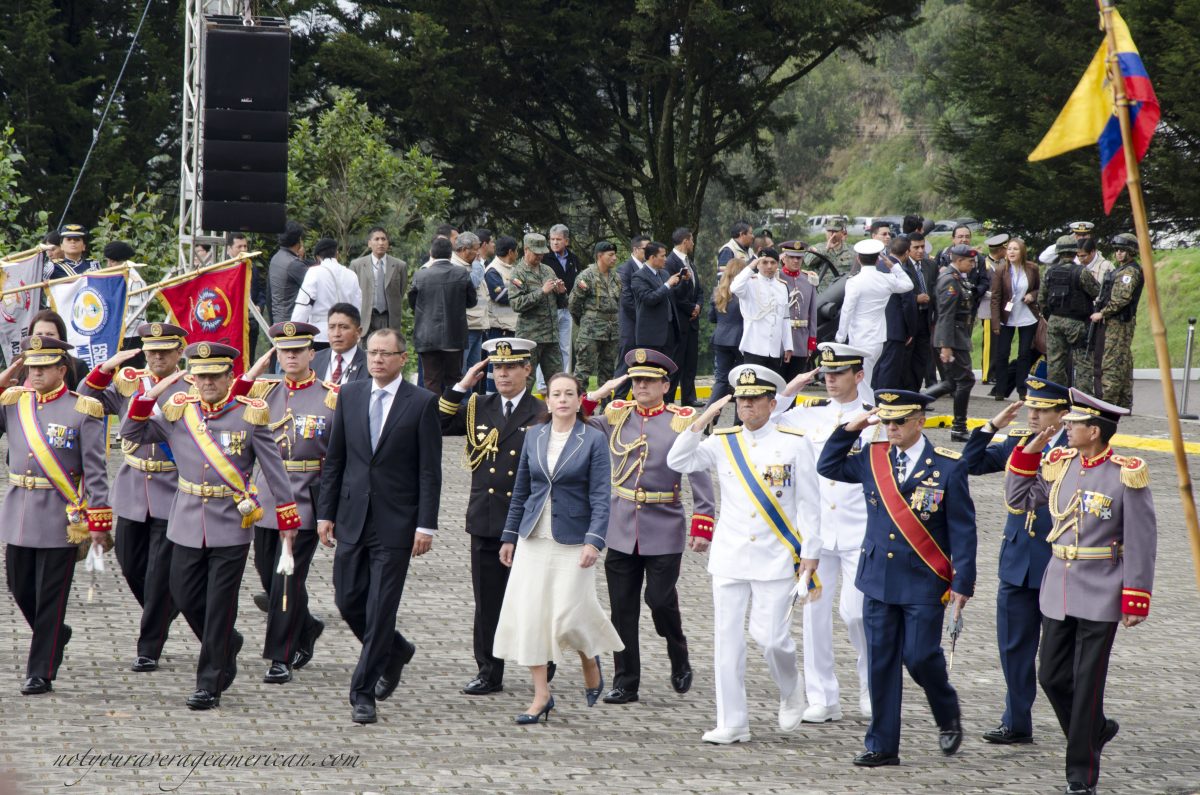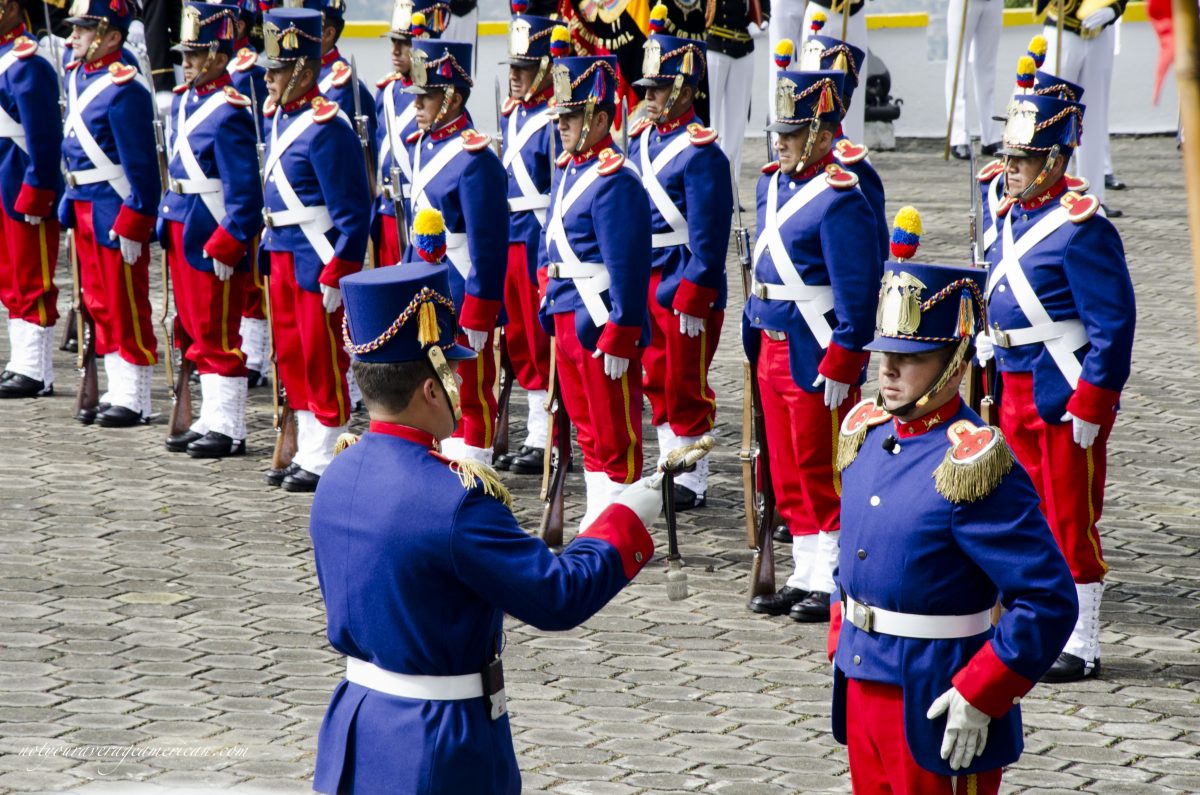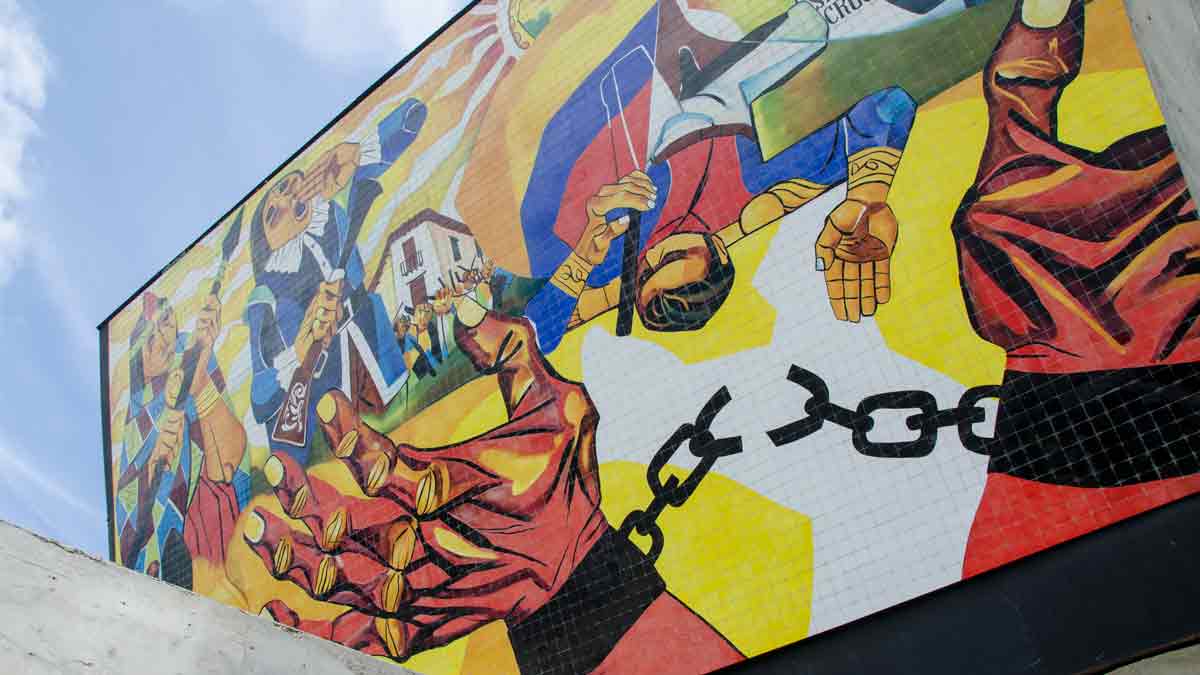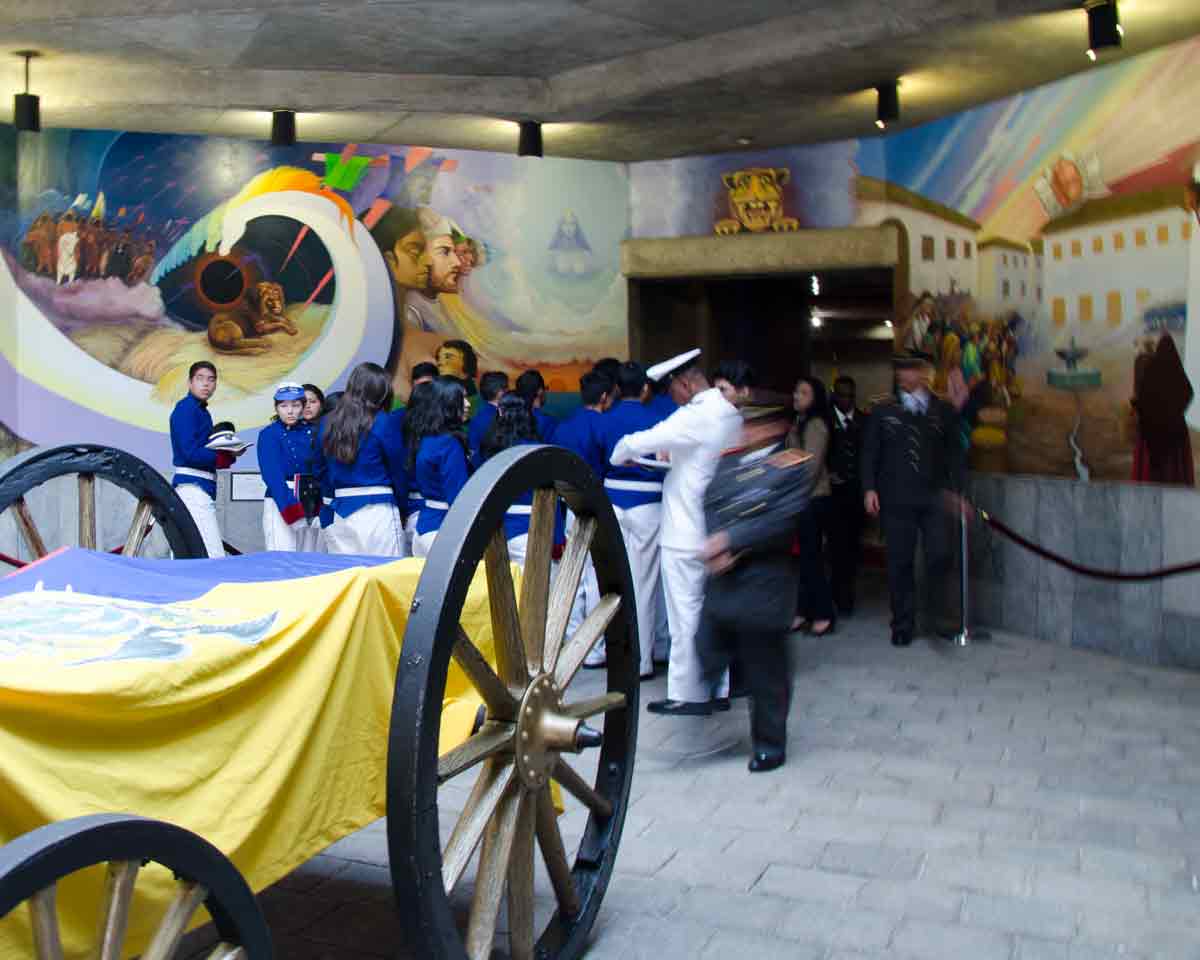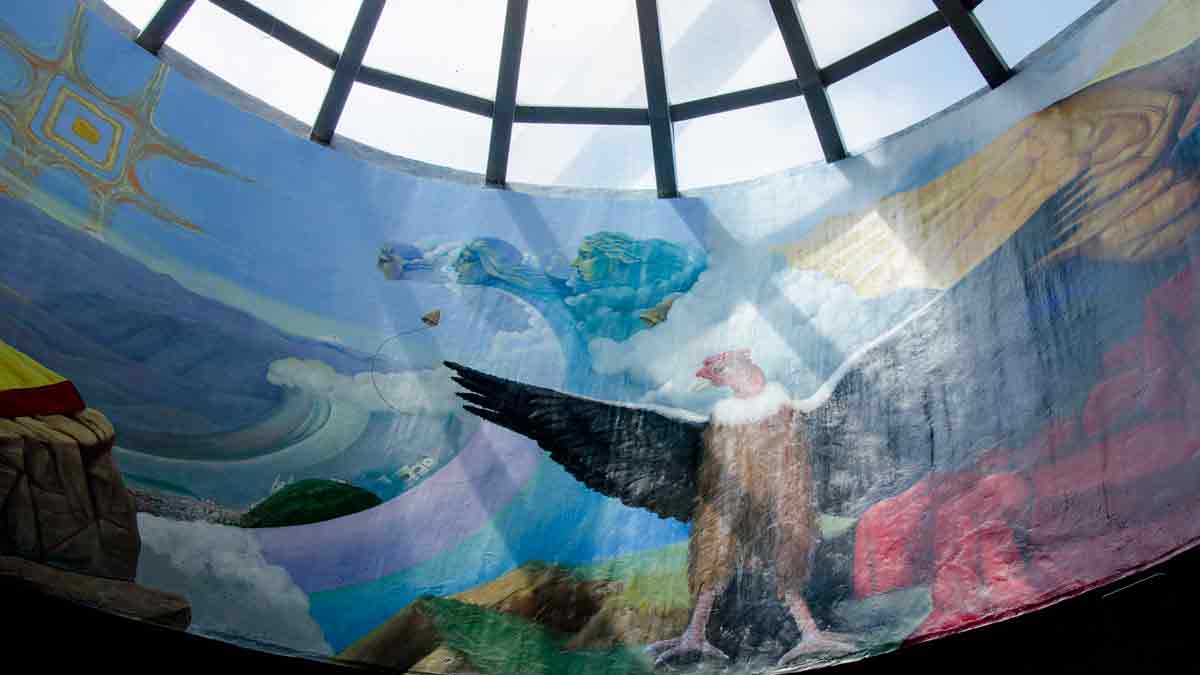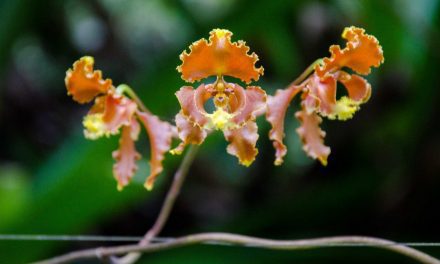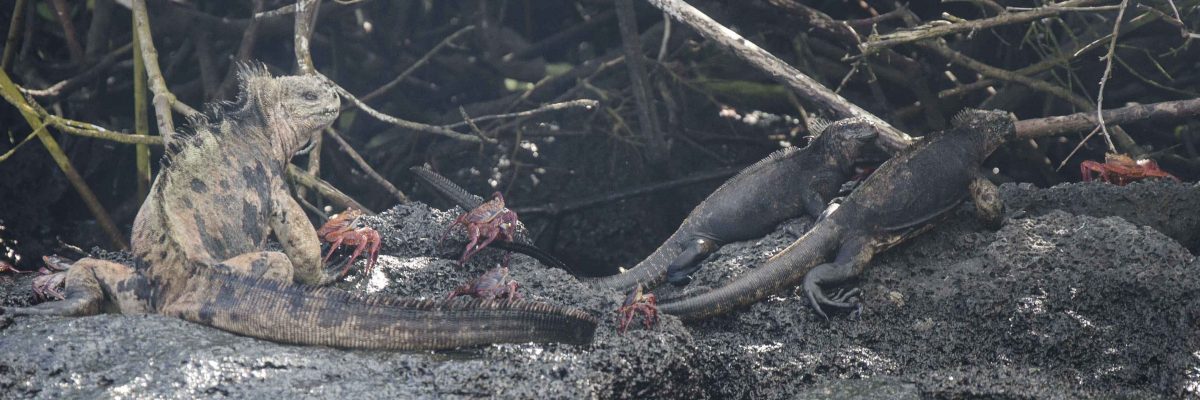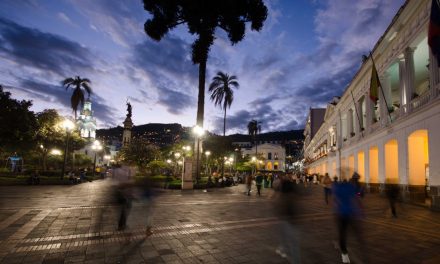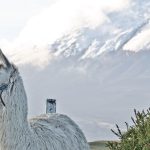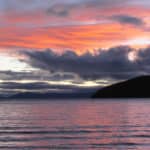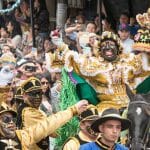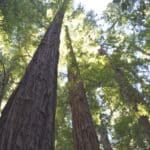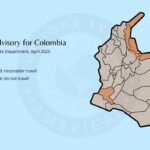La Cima de la Libertad is a place of pilgrimage for many Ecuadorians. This small plot of land overlooks the Historic Center, the Virgin of the Panecillo, and large swaths of South and Central Quito. However, the view is only one reason people come to visit this monument.
This spot marks the infamous Battle of Pichincha, is home to the Tomb of the Unknown Soldier, and hosts the Templo de la Patria.
The Battle of Pichincha
In the early morning hours on the 23rd of May, 1822, Mariscal Antonio José de Sucre led a force of indigenous, mestizo, and European soldiers up the slopes of Pichincha, the volcano overlooking the capital city, Quito. Called the Ejército de Gran Colombia, they numbered almost 3,000 strong. These men came from distant lands that make up modern-day Colombia, Peru, and Ecuador.
Fog, rain, and high altitude took their toll. At 8:00 pm, Mariscal Sucre ordered a halt of the majority of the force, sending one battalion ahead to scout the land. The Spaniards met them with muskets and the first shots of the Battle of Pichincha rang out into the dark night.
Despite an inauspicious beginning, dawn brought hope to the revolutionary force. They held the high ground, forcing the Spanish to fight uphill. A difficult task in most terrains, it became impossible in the tight, high-altitude ravines of Pichincha. By late morning, the Spanish found themselves outmaneuvered. The revolutionary victory cry came at high noon under a startling blue sky.
Surrender on the Panecillo
With no hope of victory, the Spanish soldiers retreated and took cover across the way in a small fort on the Panecillo, a hilltop with sacred meaning to native South Americans. Mariscal Sucre, wanting to avoid bloodshed on hallowed grounds, instead sent an emissary to finish the job.
Finally, on May 25th at 2:00 pm, the Spanish capitulated to the Ejército de Gran Colombia. This battle, while seemingly insignificant compared to many larger fights for South American independence, destroyed the last remnant of control by the Real Audiencia de Quito, the Spanish administrative body that had ruled several provinces throughout the continent.
May 25 – Armed Forces Day
On May 25, Armed Forces Day, the joint military commands of Ecuador hold a memorial event in this very spot. Often, they are joined by the President of Ecuador and other elected officials. Foreign military attaches and visiting dignitaries look on as cadets from three different military schools parade in uniforms of the revolution. Sabers flash and horses prance. It is an event of somber reflection.
A large outdoor mural provides a daily reminder of the importance of this former battleground. Called Canto a la Rebeldía, or the Hymn to the Rebellion, this work by Ecuadorian artist Eduardo Kingman honors the fight for South American independence.
In this work, a bright Andean sun shines on the tricolor flag of Gran Colombia while a soldier carrying a musket and a diplomat carrying a pen look out toward a pair of hands breaking a set of chains.
The Templo de la Patria
In 1920, President José Luis Tamayo placed an obelisk on La Cima de la Libertad to memorialize the Battle of Pichincha and the men and women who brought freedom to Quito. More than 50 years later, President Guillermo Rodríguez Lara began construction of the Templo de la Patria, or the Temple of Patriotism.
The Temple serves as both a museum and a place of worship. Inside, exhibits explain the battle. Many visitors come to see the large display of military uniforms, sabers, daggers, projectiles, spear points, and rifles, or the documents and personal garments of Mariscal Sucre. Others pay pilgrimage to the symbolic remains of Manuela Sáenz, an honored revolutionary in her own right.
Alongside the educational displays are murals that intermix indigenous symbols with military and Catholic ones. For example, Jesus looks out from a dark night sky past battalion flags onto the Tomb of the Unknown Soldier. Mariscal Sucre rides his horse in the wake of an Andean Condor. Canons blend with Andean Crosses. Mountains and ocean waves bear faces of native deities. This room attempts to bring a common heritage to a people forged together by the fight against colonial power.
Translating La Cima de la Libertad
La Cima de la Libertad translates in so many different ways that it almost seems unfair. At its most literal, the word cima means height, summit, or top. In this respect, a great translation would be Mount Liberty or Freedom Summit. But the word cima also means zenith, apex, and acme. In other words, the battle that took place on this land exemplifies the concept of freedom. To millions of South Americans, this sacred location memorializes the end of Spanish colonization. It is an exemplar of liberty.
Cima de La Libertad
Information For Your Trip
- Hours of operation are Tueday through Friday, 8:30 am until 4:00 pm, Saturdays, 8:00 am until 1:00 pm.
- Cost of Entry – Adults $1, Senior Citizens, handicapped, and students, 0.25 cents.
- Direction by Car, use WAZE and look for Militar La Cima de la Libertad, Quito, Ecuador.
- Direction by Public Transportation for buses around Quito, use the Google Map link and click on get directions. Use the public transportation option to find the best from your current location.

